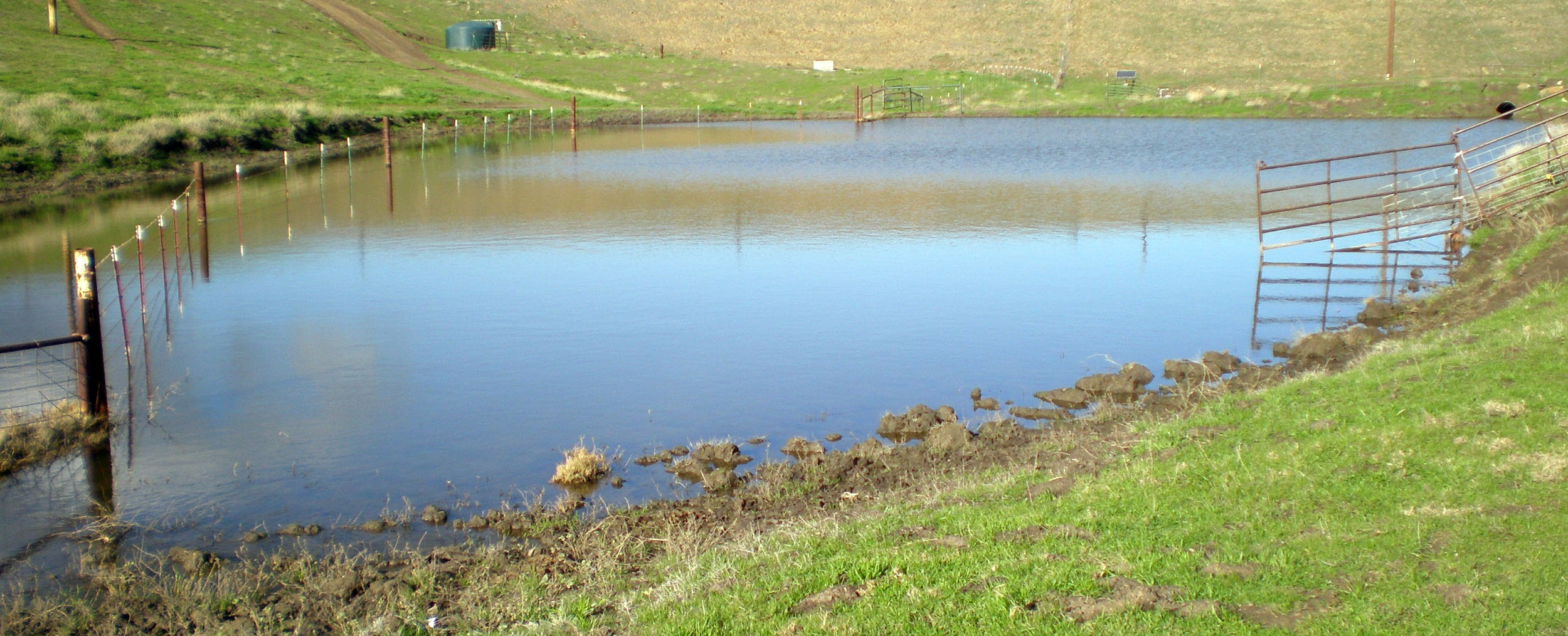
Permit Coordination
The Alameda County Conservation Partnership administers a coordinated permitting process aimed at assisting private landowners who would like to implement practices that will restore and enhance the natural resources on their property. The Conservation Partnership negotiated with five regulatory agencies to simplify the complex regulatory process for landowners. Regulatory partners involved in our Permit Coordination Program include:
- U.S. Fish and Wildlife Service (USFWS)
- U.S. Army Corps of Engineers (USACE)
- Regional Water Quality Control Board (RWQCB)
- Alameda County Grading Department
- National Marine Fisheries Service (NMFS)
- California Department of Fish and Wildlife (CDFW) California Endangered Species Act (CESA)
If you are interested in receiving assistance in navigating through the permitting process, please contact us.
Voluntary Local Program
The Alameda County Resource Conservation District and the California Department of Fish and Wildlife (CDFW) collaboratively developed the Alameda County Voluntary Local Program (VLP) to provide a permitting solution for impacts to species listed by CDFW under the California Endangered Species Act. Our VLP provides authorization for take of California tiger salamanders and Alameda whipsnake that is incidental to routine and ongoing agricultural activities and selected management practices. This coverage is afforded to persons who enroll in the VLP to implement voluntary conservation projects and adhere to required avoidance and minimization measures. Landowners and land managers in Alameda County that participate in agricultural activities are eligible for the VLP. The types of practices that can be included under the program include voluntary restoration projects such as pond restorations, livestock water developments, stream restoration projects, and pipeline installation (see below for a list of the management practices included in the Program)
The following Management Practices are included in the Program. All projects that are implemented under this program must have a habitat and wildlife component and must contribute to the voluntarily enhancement and maintenance of habitat for endangered and threatened species.
- Pond Restoration Activities
- Desiltation
- Spillway Repair
- Embankment Repair
- Stream Restoration Activities
- Riparian Plantings
- Invasive and Non-native Plant Removal
- Livestock and Wildlife Water Distribution
- Spring Development
- Off-stream Water Facilities (tanks, troughs, pipelines)
- Erosion Control
- Access Road Improvements
- Vegetation Establishment
For more information on the VLP or to learn how to enroll, please contact us.
